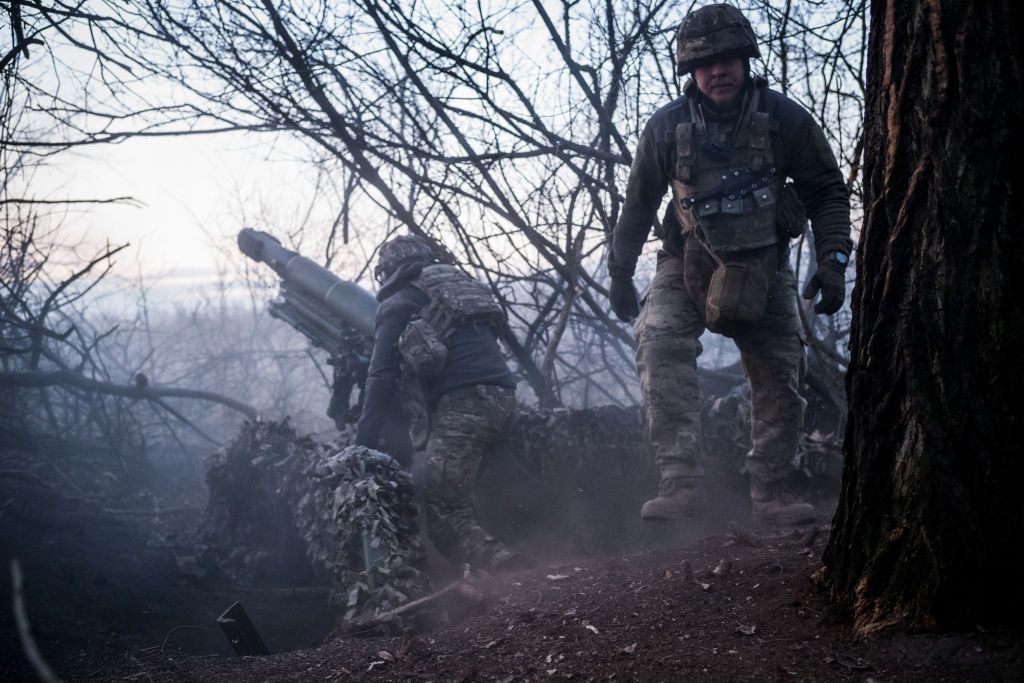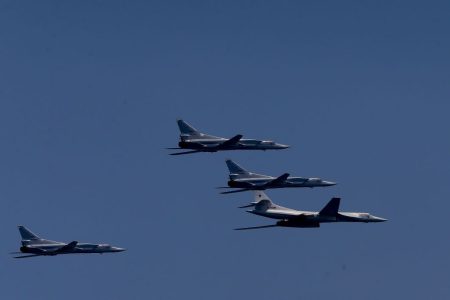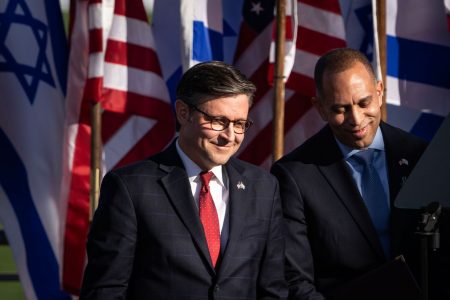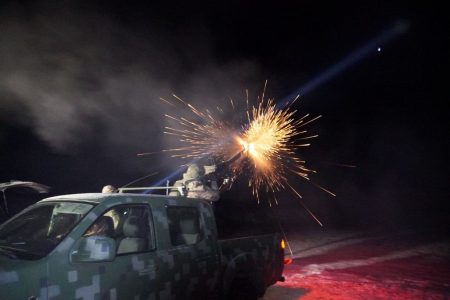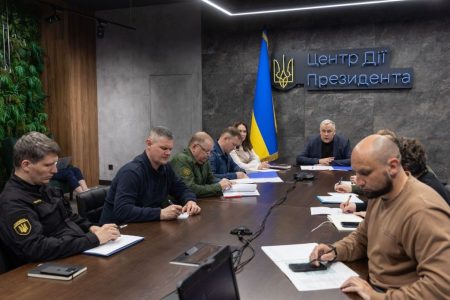The latest developments in Ukraine highlight Russia’s goal to capture the town of Chasiv Yar by May 9, Victory Day in Russia. The situation on the eastern front has deteriorated significantly, with Russian troops intensifying offensives following President Putin’s re-election. Ukrainian Commander-in-Chief Oleksandr Syrskyi warned that Russia aims to break through west of the occupied Bakhmut to reach the Siverskyi Donets canal and seize Chasiv Yar. The heroic defense of Ukrainian brigades has stopped enemy attacks, but the town remains a crucial target for further Russian advances toward Kostiantynivka, Kramatorsk, and Sloviansk.
As Russia intensifies attacks on Ukraine this spring, Germany has announced plans to send an additional Patriot air defense system and missiles to help fend off Russian aggression. The shortage of air defense systems in Ukrainian cities has become more evident with recent strikes on the country’s energy infrastructure, leading Kyiv to seek increased support from allies. President Zelensky welcomed the German support and called on other countries to follow suit. Talks are ongoing to secure more Patriot systems to protect Ukraine’s largest cities and critical infrastructure.
Russian military forces claim to have downed 10 Ukrainian drones over Krasnodar Krai, escalating tensions between the two countries. These incidents are part of a broader pattern of drone attacks and counterattacks in the region, with Ukraine reportedly targeting Russian facilities near the border. The use of drones represents a new frontier in the conflict, adding to the complexity of the ongoing war. The Russian Defense Ministry’s claims have not been independently verified, highlighting the challenges of tracking and confirming information in the midst of hostilities.
Governor Vadym Filashkin reported that a Russian aerial bomb attack in eastern Donetsk Oblast killed one person and wounded two others, adding to the toll of civilian casualties in the region. The attack targeted a village northwest of Avdiivka, underscoring the escalating violence in eastern Ukraine. Syrskyi warned of increased armored assaults in areas like Bakhmut, Lyman, and Pokrovsk, urging civilians to evacuate to ensure their safety. The ongoing conflict has taken a heavy toll on civilians, with UN reports showing increased casualties in recent months.
Children in Ukraine are learning to live with prosthetics after being injured by the war, symbolizing the long-lasting impact of the conflict on the country’s youngest generation. Stories like that of eleven-year-old Oleksandr Reshetniak from Kharkiv Oblast highlight the resilience and bravery of children facing life-altering injuries. The war’s devastating effects are not limited to immediate casualties but extend to the survivors who must adapt to new challenges and realities. These stories serve as a reminder of the human cost of the conflict and the need for continued support and assistance for those affected.
Overall, the situation in Ukraine remains volatile, with escalating tensions, increased military offensives, and mounting civilian casualties. The international community plays a crucial role in supporting Ukraine’s defense against Russian aggression, with countries like Germany stepping up to provide much-needed support. The conflict’s impact on civilians, especially children and vulnerable populations, underscores the importance of humanitarian aid and rebuilding efforts in the war-torn region. As the war continues to unfold, the need for solidarity and assistance for Ukraine remains paramount in addressing the ongoing crisis and its aftermath.









